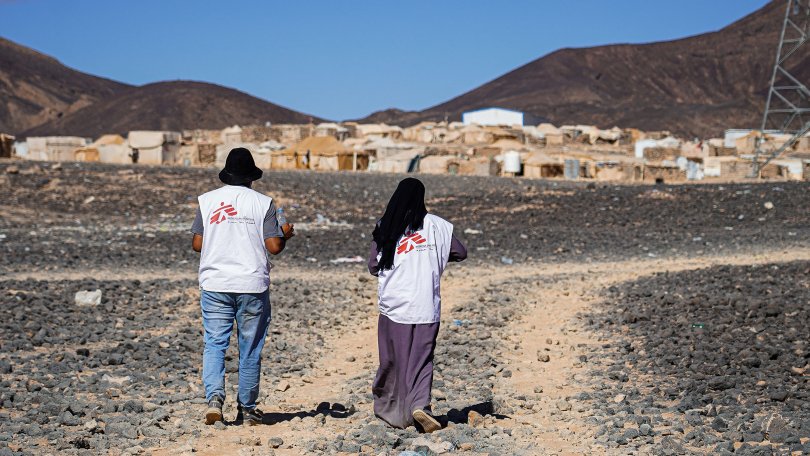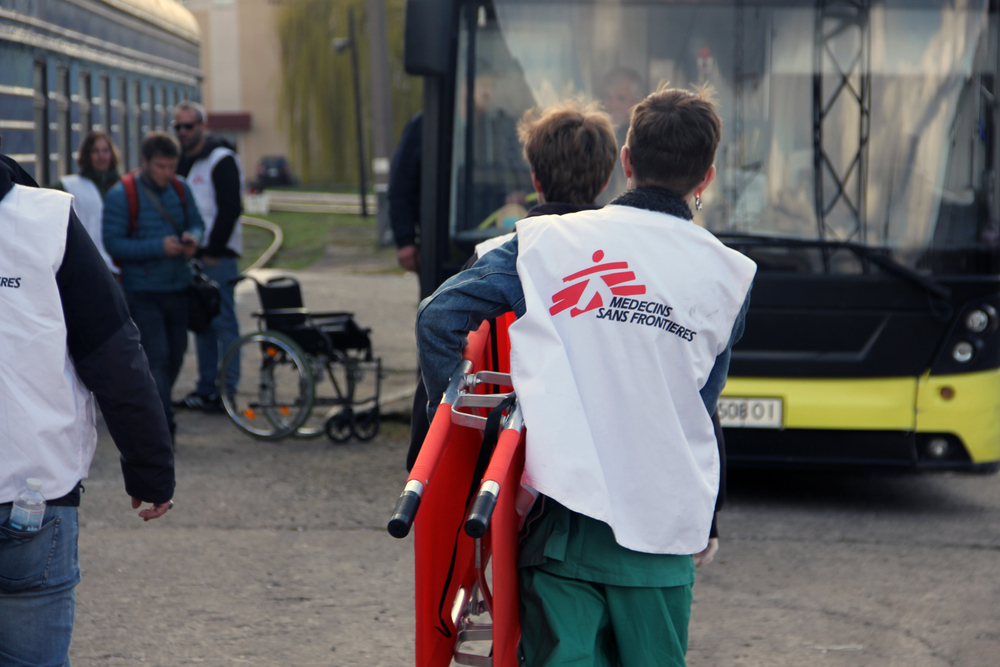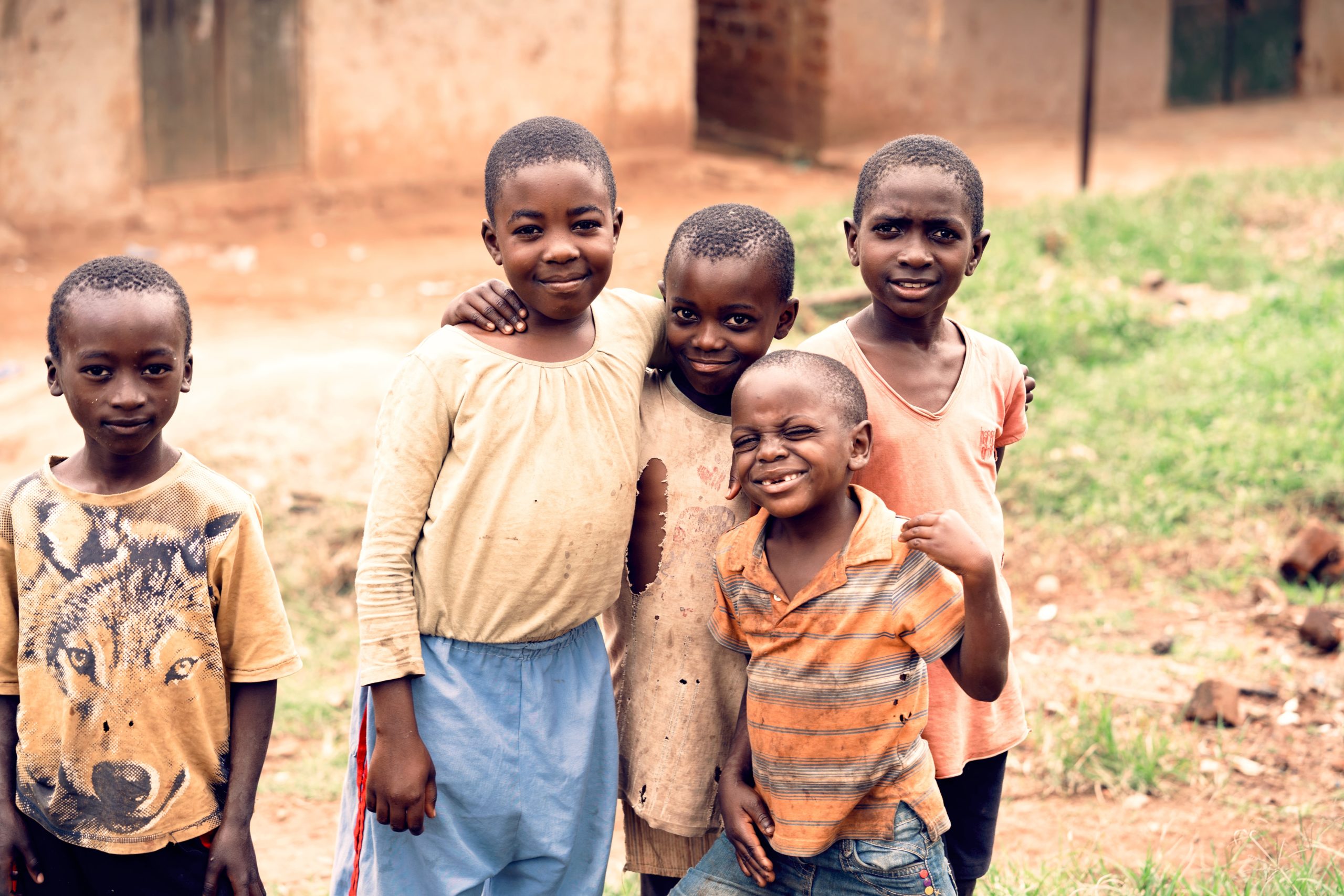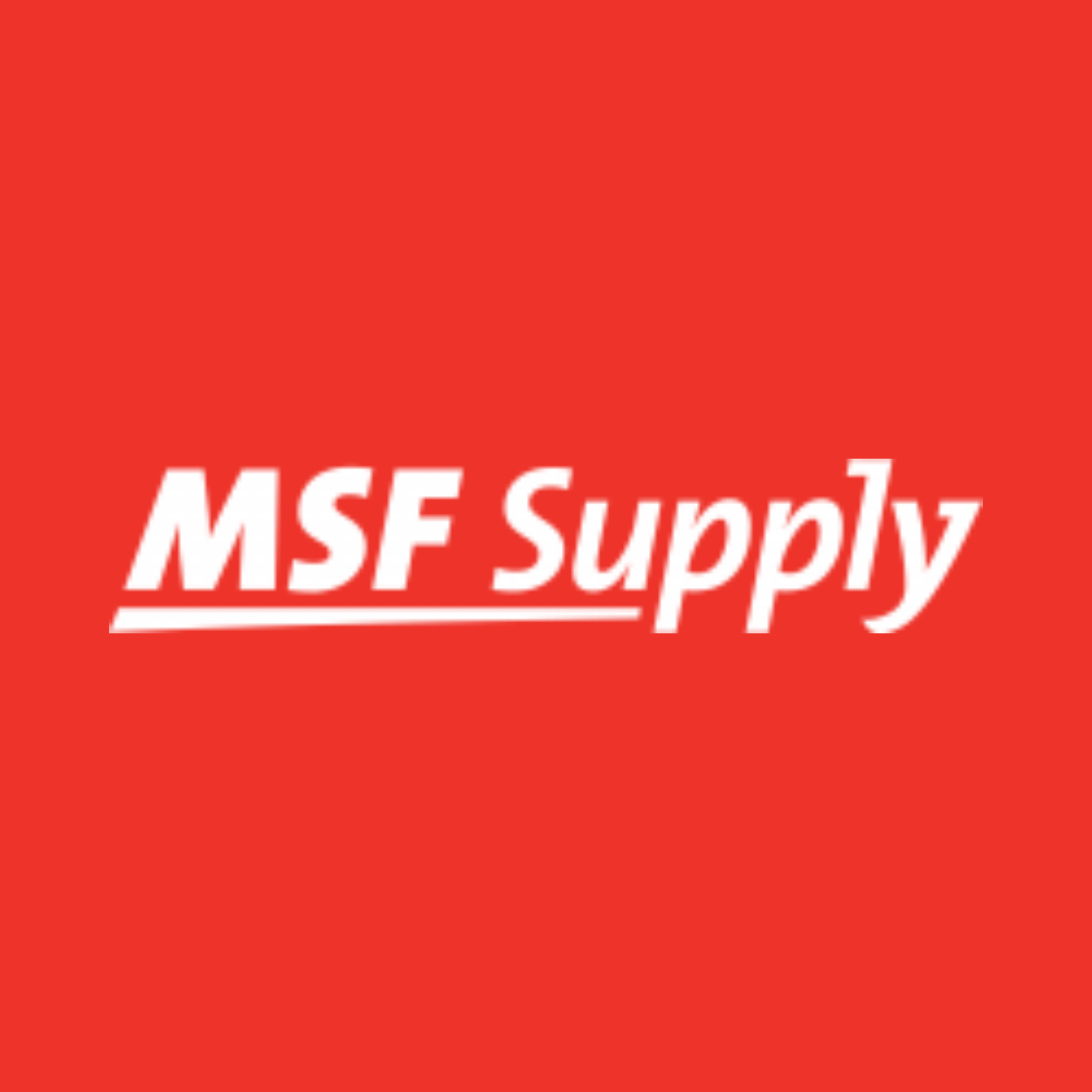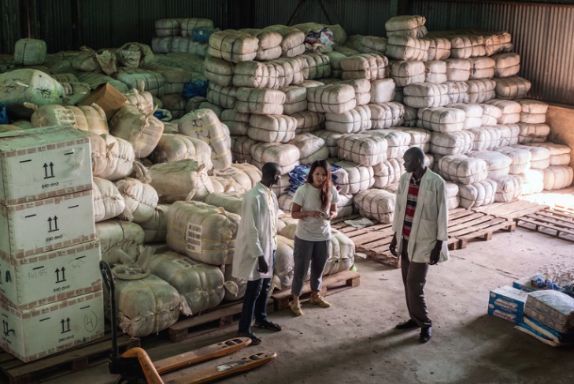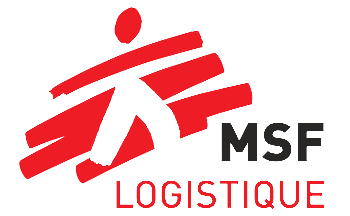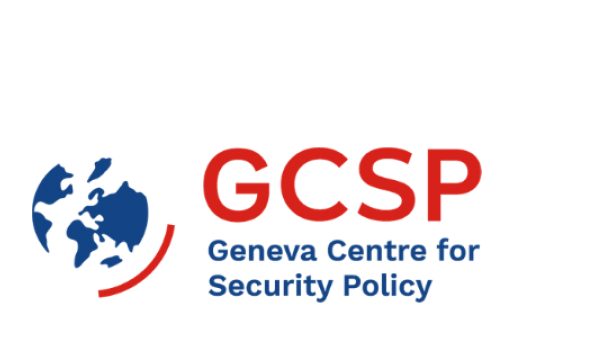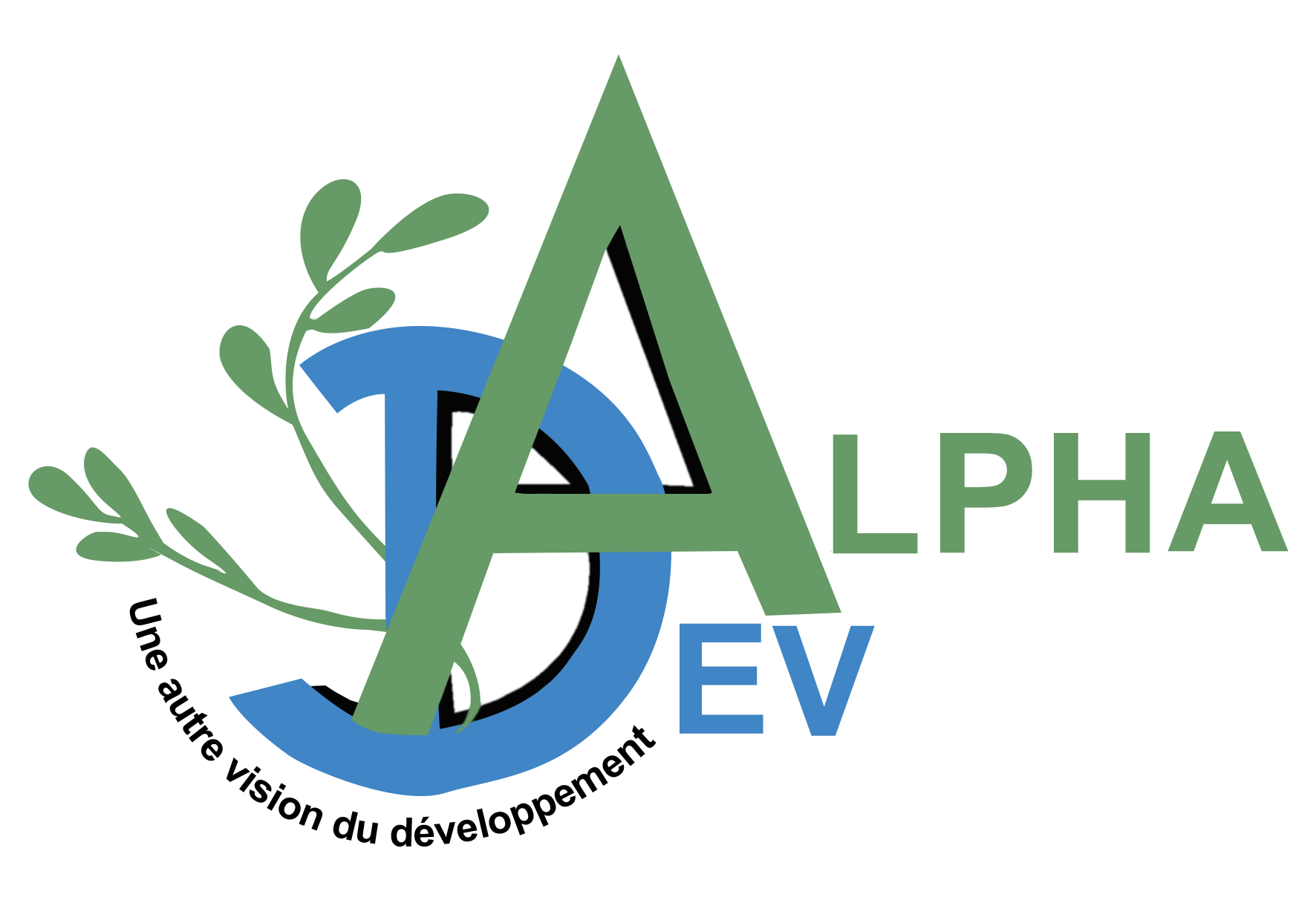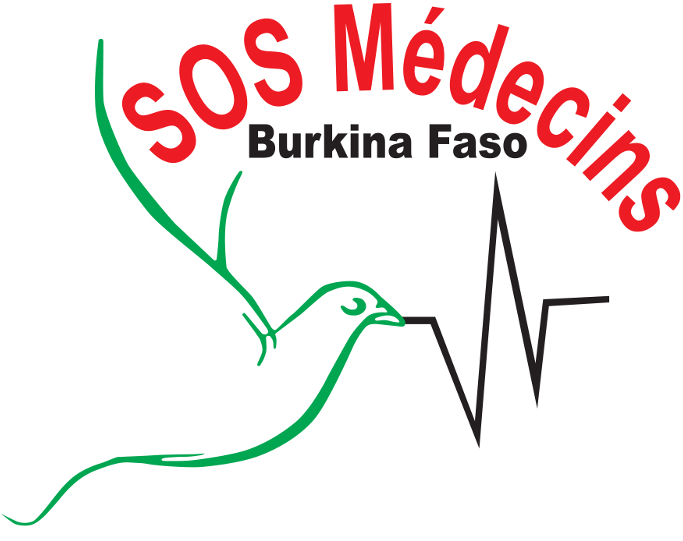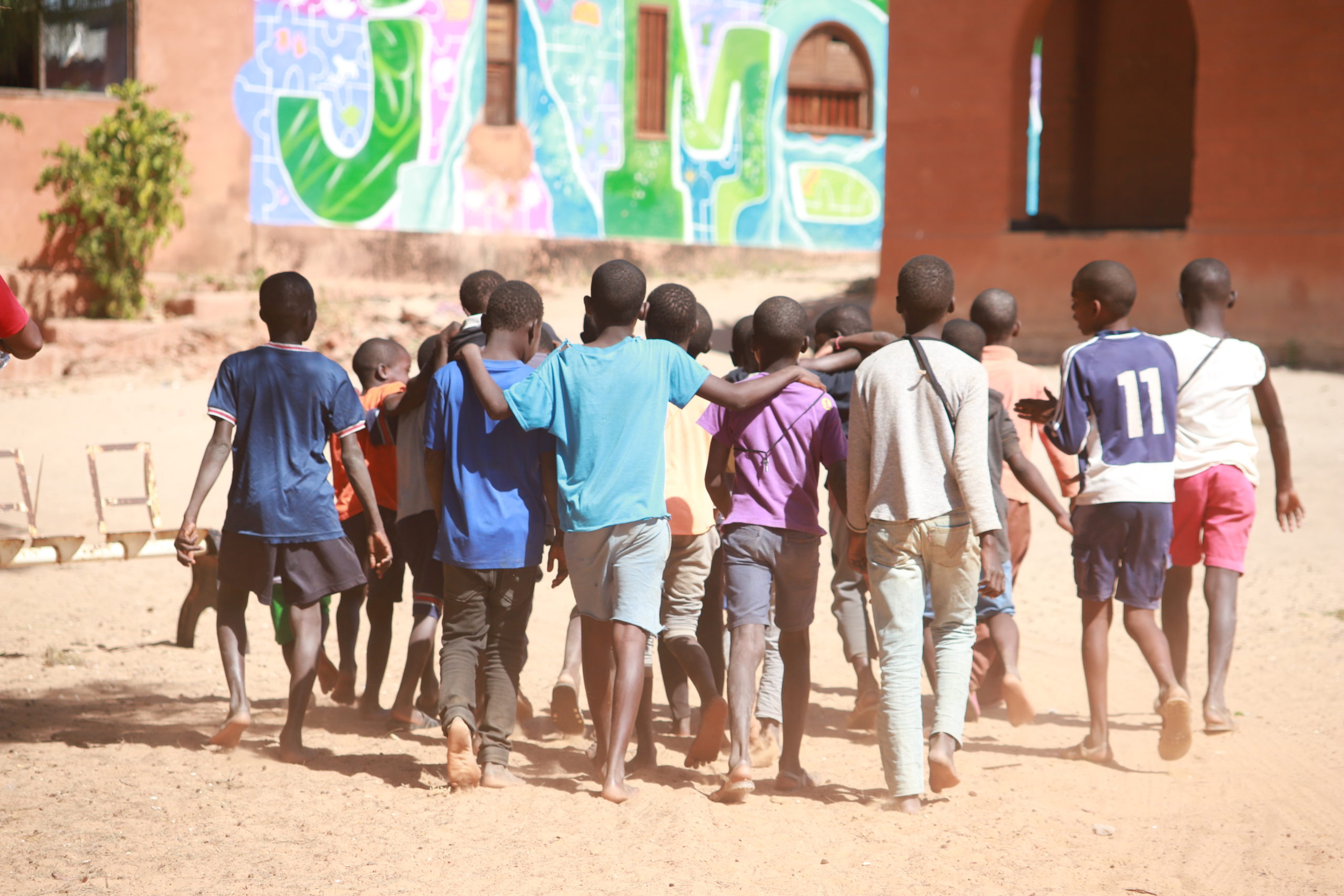Image
Why these three specific service sectors?
The highest amplification potential
They have the highest amplification potential in terms of trustfulness, reach – local, national, international – and connectedness, as they provide care, protect, generate knowledge and prepare future generations. They rank among the five most trusted sectors in society and are often viewed as role models, acting with integrity. Their leadership on climate action is most likely to inspire emulation by others and throughout society.
Each of these sectors makes sizable contributions to GHG emissions
Globally, the healthcare sector represents 4.4% of total emissions. If it were a country, the healthcare sector would be the world’s fifth-largest emitter. 70% of its emissions are attributable to supply chains, which are a leading source of emissions for aid organisations as well, transporting relief items around the world. In the education sector, energy consumption and travel are a leading source of emissions. Increases in international student mobility have emerged as a major source of greenhouse gas, contributing more than the annual emissions of many countries.
Solutions are easily transferable, with adaptations, across these three sectors
They represent major service sector organisations with missions of public interest. The service sector plays an increasing role in economies around the world and is responsible for a growing share of direct and indirect emissions, attributable to a variety of factors (buildings, food, transport, digital, supply chain, waste, land management). These are key climate action levers to curb emissions from the demand side of the equation. Based on similarities among these three sectors, the Climate Action Accelerator activates the same fundamental levers for climate action, allowing cross-sector fertilisation, synergies and economies of scale.
Aid sector
Ranked among the five most trusted sectors in society, and often viewed as role models acting with integrity, their leadership on climate action is most likely to inspire emulation by others and throughout society.

Humanitarian organisations and their reasons to act
Humanitarian organisations and their reasons to act
Humanitarian organisations and their reasons to act
-
Responsibility to respond
A responsibility to respond to the assistance and adaptation needs of vulnerable communities that are, and will be, exacerbated by the ecological crisis
-
Ethical obligation
An ethical obligation to beneficiaries not to harm their well-being and health through further degradation of their environment as a result of organisational practices
-
Social and generational duty
A social responsibility – universally shared – towards present and future generations not to aggravate warming on a global scale. CO2 emissions accumulate in the atmosphere over a very long period of time and disproportionately affect vulnerable communities in regions where aid organisations are operating
-
Sustainable impact finance
Last but not least, acting decisively on the climate and environment front should enable humanitarian actors to meet increasing donor expectations, mobilise funds for projects connected to climate/environmental themes, and better access green/sustainable impact finance to support humanitarian operations
The humanitarian sector has a considerable amplification potential. Not only can humanitarians impact their own carbon footprint and contribute to the delivery of many co-benefits associated with reduced emissions, but their role as a trusted profession, with no conflict of interest and as an economic player in their contexts of operation, has the potential to accelerate the tipping of societies in the right direction to reach the Paris Agreement goal. As laws generally codify already existing practices, getting a critical mass of organisations voluntarily developing best practices will help to set the ground for greater ambition across many countries.
Health sector
Globally, the healthcare sector represents 4.4% of total emissions – the world’s fifth-largest emitter if it were a country – of which 70% are attributable to supply chains. There is agreement amongst scientists and healthcare leaders that the health sector can and must reach net zero by 2050, and a number of countries have developed national climate change adaptation and mitigation plans which are echoed in the policies and plans of individual healthcare organisations.

Health content
There is consensus among scientists and many healthcare leaders that the healthcare sector can and must also decarbonise rapidly. Furthermore, the climate crisis will result in the need for more (energy demanding) healthcare in general:
-
Climate crisis as a health emergency
The climate crisis is an environmental health emergency, with direct health impacts (e.g. fossil fuel air pollution causing lung disease) and indirect impacts due to exacerbation of other health risks (e.g. extreme weather events resulting in water and sanitation issues and hence water-borne disease outbreaks) and social vulnerability as a whole. (The World Bank predicts 100 million more people in extreme poverty by 2030). As the climate crisis worsens, these health impacts will increase substantially, placing increasing energy demands on the health sector.
-
Disproportionate impacts
Many of these health impacts tend to be inequitably distributed, disproportionately affecting those already in precarious situations, driving new health needs and requiring change in the organisation and nature of health services.
Quote
The responsibility to play a leading role in reducing environmental degradation can no longer be “morally offset” by the noble cause of saving lives. The sector must become part of the solution to decarbonize by 2050. If emissions are not brought down to net zero by then, the science basically says it’s game over. Dr. David Pencheon, Professor at the University of Exeter and former Director of Sustainability at the National Health Service of the United Kingdom
Research and higher education sector
Due to increases in international student mobility, energy and travel have emerged as a major source of greenhouse gas, contributing more than the annual emissions of many countries.
Higher education institutions, as organisations engaged in education, research and community service, play a crucial role in promoting the environmental and climate transition. Indeed, they have a particular mission to train future leaders and decision-makers to understand and provide solutions to major global challenges such as the climate emergency and global biodiversity loss. This is why many institutions around the world are now integrating sustainability themes into their teaching, daily activities and functions.

Research - content
Thus, in Glasgow, a few days before the opening of COP26, 1,050 universities from 68 countries committed to achieving “net zero” greenhouse gas emissions by 2050. Together, these colleges and universities represent 10 million students or 4.5% of the world’s total.
Our vision is one of a higher education sector that has achieved ‘net zero’ greenhouse gas emissions underpinned by ambitious and credible measures aligned with the Paris Agreement, and has become a global leader in environmental awareness and training, transformation of practices and resilience.
Cover photo © Fauxels/Pexels.








